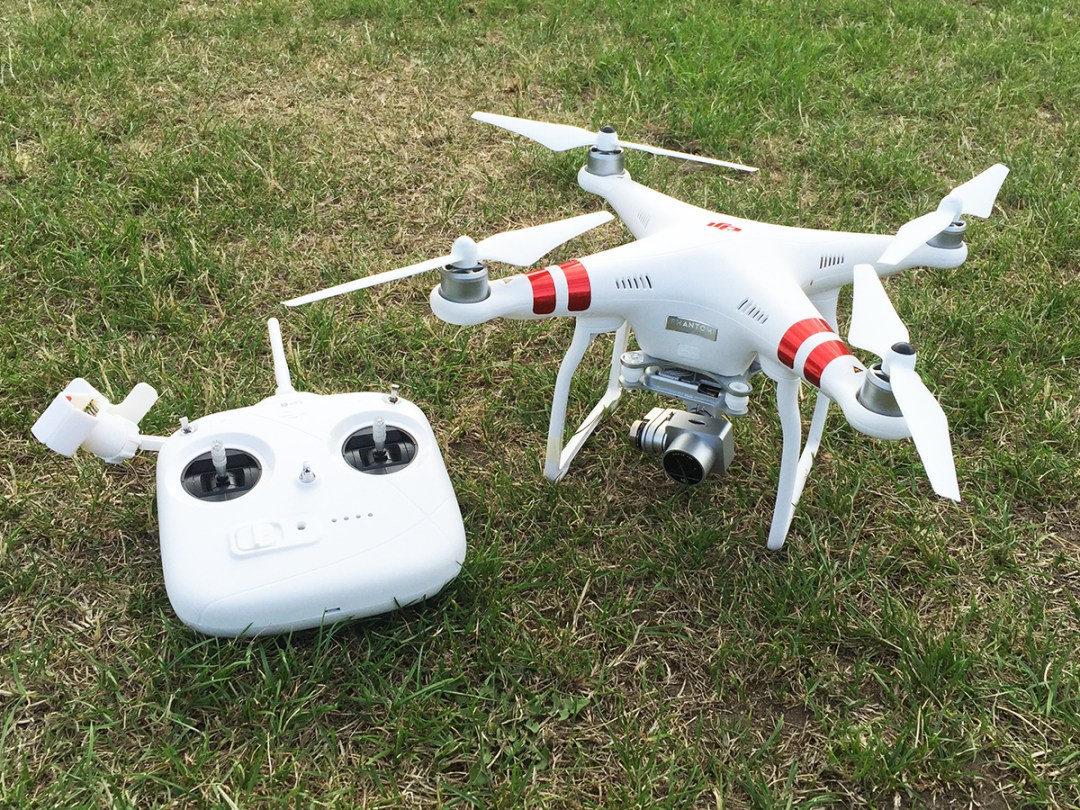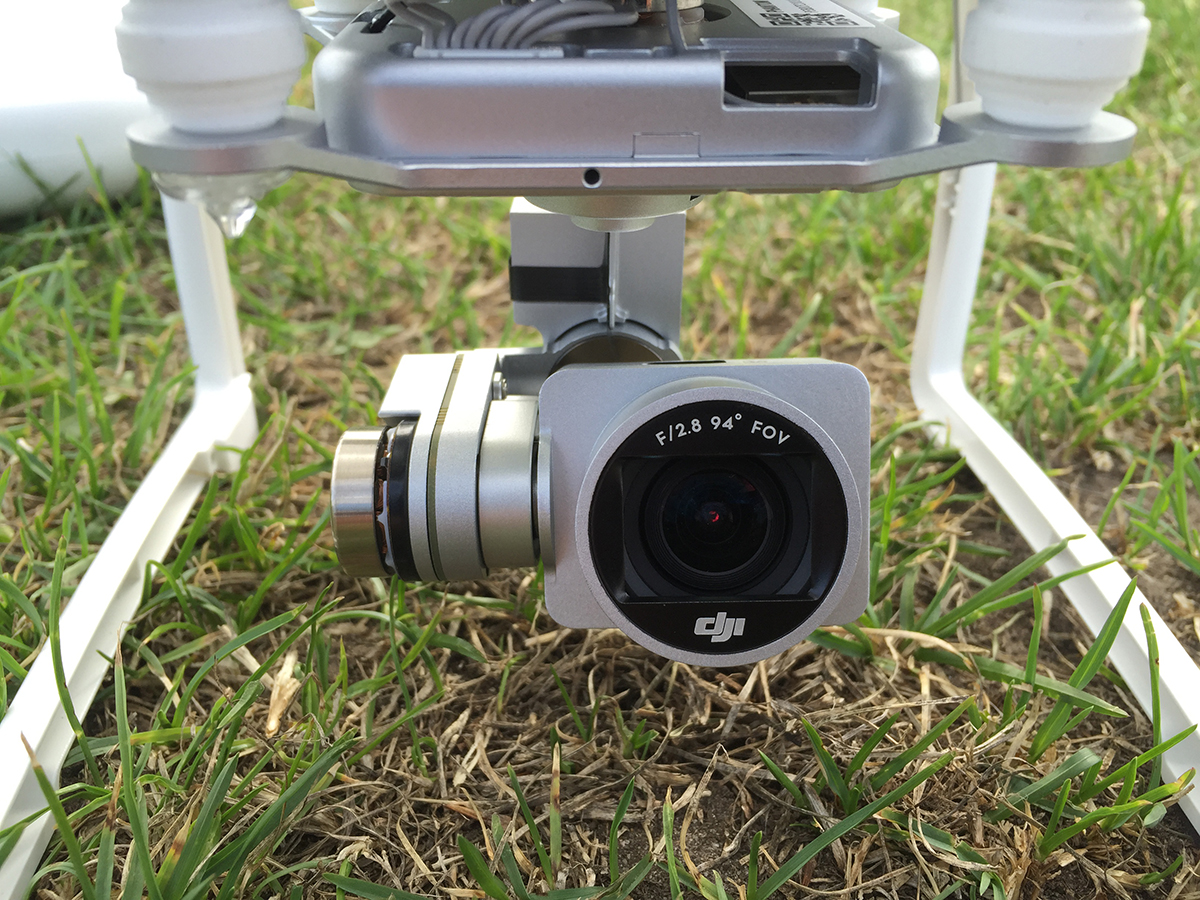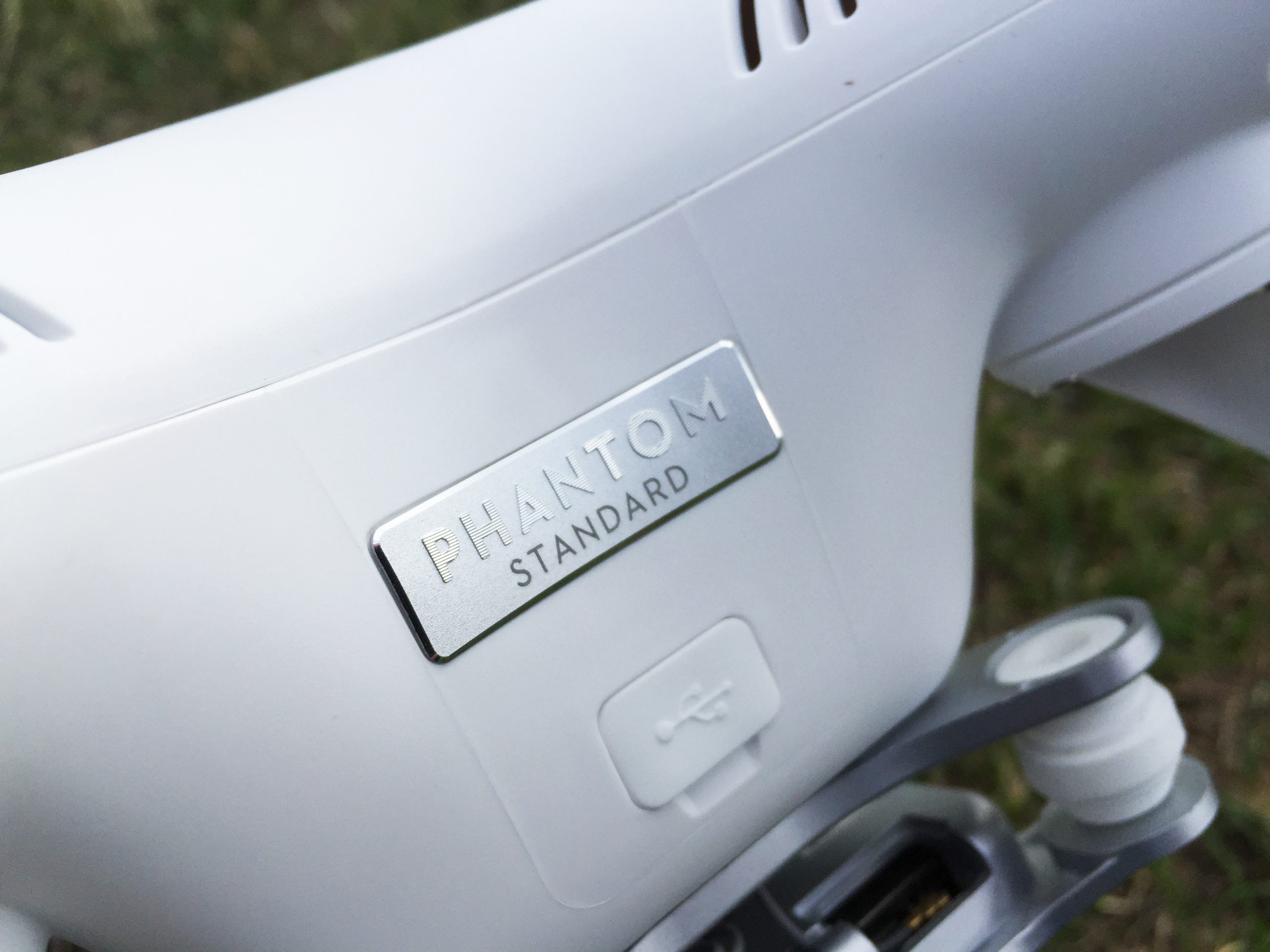DJI’s new Phantom 3 Standard is the super-drone you can actually afford
This short-range version of the Phantom 3 could set the standard for affordable camera quadcopters

Fancy giving the whole drone photography thing a go but put off by the price? DJI might have the solution.
The Chinese company is on something of a roll at the moment, having already launched three consumer quadcopters in the past year – the Inspire 1, the Phantom 3 Advanced and the Phantom 3 Professional. Now it’s unveiled a fourth: the Phantom 3 Standard.
But while it looks very much like the existing Phantom models, the 3 Standard is by some distance the most affordable yet – just £649.
There are some signs of compromise – it lacks the 720p Lightbridge live video streaming capabilities of the other Phantoms, can’t fly off as far from the pilot without losing the video link (it’s limited to 500m from the controller), and its controller is far less well-equipped when it comes to controls – but a lot remains.
The built-in auto-stabilised camera seems, on paper, to be very similar. It can capture 12MP stills or videos in 720p, 1080p or 1520p (2.7K) resolution (the Phantom 3 Professional can do 4K), has a fixed aperture of f/2.8 and ISO range of 100 to 3200 for video and 100 to 1600 for photos. The gimball itself has 3-axis stabilisation to keep your footage steady.
DJI is directly marketing the Phantom 3 Standard at first-time flyers, with CEO and founder Frank Wang stating, "We wanted to create a new drone that addresses people who are curious about aerial imaging, but not quite ready to commit to a more professional system. The Phantom 3 Standard makes it easy to get into the air to take great photos and videos.”
RELATED › Phantom 3 Vision Professional review
Although technically not as advanced as the Phantom 3 Vision Pro and Advanced models, the Standard does have a couple of neat tricks that they don’t (yet) have in the form of three modes designed to help users get better footage.
‘Follow Me’ will – you guessed it – follow you around as you move, based on your orientation, ‘Waypoint Navigation’ lets you set specific targets on a route, so that you can concentrate on the camera’s pan and tilt controls rather than having to actually fly the thing, and ‘Point of Interest’ will keep the drone flying around a particular object with the target framed in the centre.
These modes have previously been available on some of DJI’s pro drones but aren’t yet on the rest of the Phantom series or the Inspire 1, although DJI says they’ll be coming to those models soon.
We’ve been lucky enough to spend a few days flying the DJI Phantom 3 Standard around already, so look out for our review very soon.






